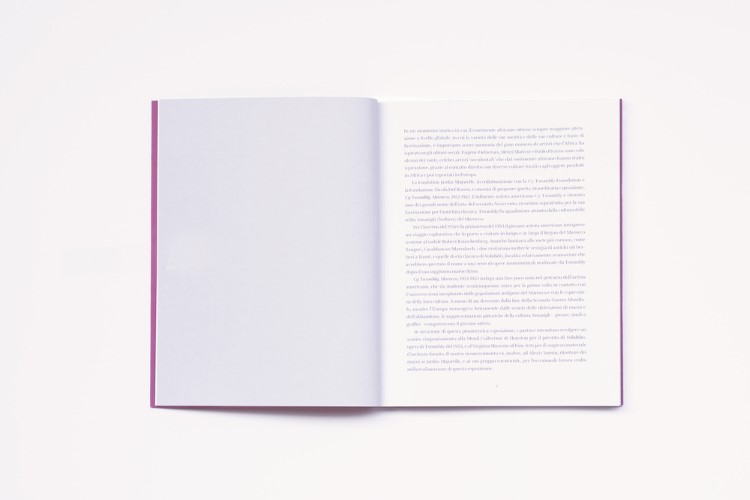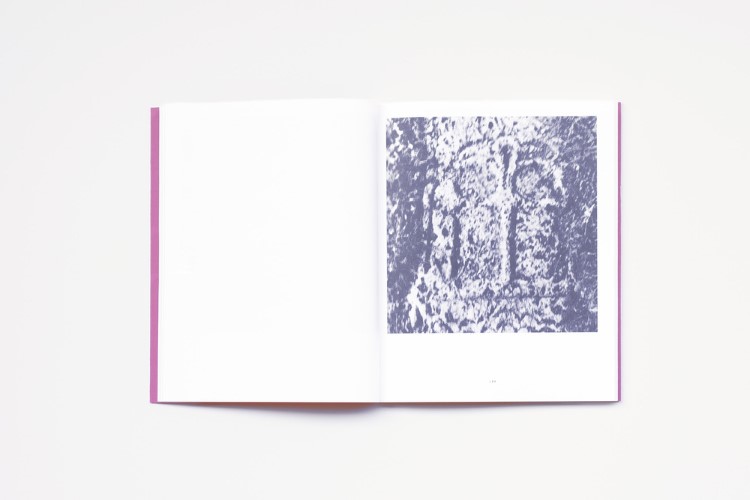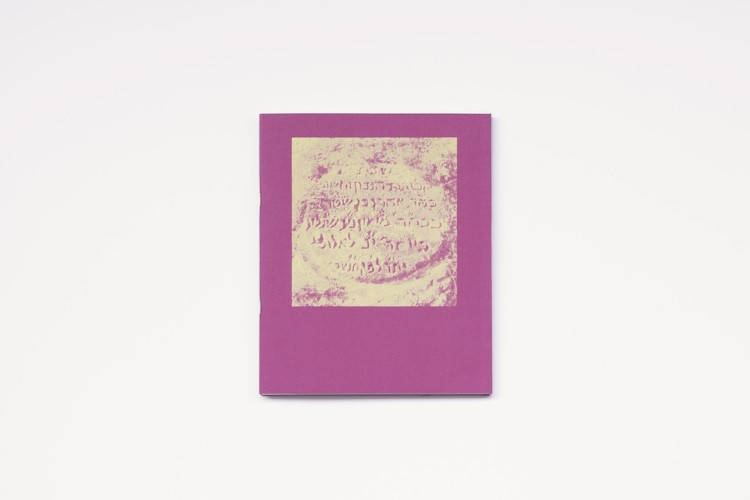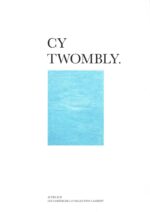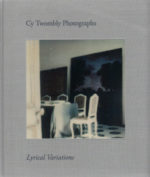Cy Twombly retrouve Robert Rauschenberg à Casablanca, et les deux se rendent à Marrakech et dans les montagnes de l’Atlas, puis à Tanger. Ils rendent visite à Paul Bowles à Tétouan et font des excursions avec lui dans les villages voisins et les ruines romaines. Twombly y effectue sa première et dernière fouille archéologique. À leur retour à Rome en février 1953, Twombly étudie et esquisse les objets ethnographiques et les artefacts tribaux qu’il voit exposés au Museo Nazionale Preistorico Etnografico Luigi Pigorini. Ces croquis survivent sous la forme des carnets de croquis nord-africains. Une grande partie de l’œuvre qui reste de ce voyage est constituée de photographies prises avec un Rolleiflex partagé par les artistes et de croquis réalisés par eux, conservés dans les archives de la Cy Twombly Foundation et de la Fondazione Nicola Del Roscio; ils offrent une perspective unique sur Twomblyaffinité connue pour les rives méditerranéennes de l’Afrique ; textes de Tina Barouti, Anne-Grit Becker et Natalie Dupêcher.
Cy Twombly meets up with Robert Rauschenberg in Casablanca, and the two of them travel to Marrakech and the Atlas Mountains, and then to Tangier. They pay a visit to Paul Bowles in Tétouan and go on day trips with him to nearby villages and Roman ruins. Twombly conducts his first and last archaeological excavation there. Upon their return to Rome in February 1953, Twombly studies and sketches the ethnographic objects and tribal artifacts he sees on display in the Museo Nazionale Preistorico Etnografico Luigi Pigorini. These sketches survive in the form of the North African Sketchbooks. Much of the surviving work from this trip consists of photographs taken with a Rolleiflex shared by the artists and sketches made by them, preserved in the archives of the Cy Twombly Foundation and Fondazione Nicola Del Roscio; they provide a unique perspective on Twombly’s lesser-known affinity for Africa’s Mediterranean shores ; texts by Tina Barouti, Anne-Grit Becker and Natalie Dupêcher.


